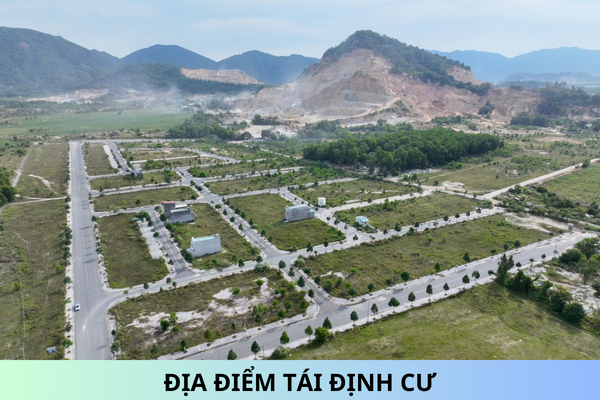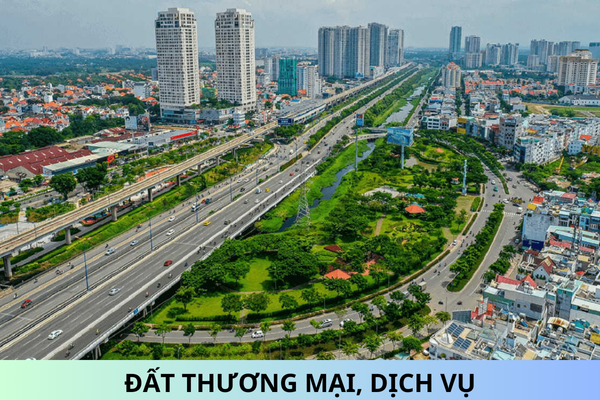When is the remaining land investment cost determined?
According to the current legal regulations, the State recovers land without compensation for the land but compensates for the remaining investment costs in the land in cases stipulated in Article 76 of the Land Law 2013.
Accordingly, as stipulated in Clause 2, Article 3 of Decree 47/2014/ND-CP, the remaining investment costs in the land are the expenses a land user has invested in the land in line with the land use purpose, but by the time the competent state authority decides to recover the land, those investments have not yet been fully utilized.
The remaining investment costs in the land include all or part of the following expenses:
- Land leveling costs;
- Costs for improving and enhancing the land's fertility, reducing acidity, washing salinity, preventing erosion, and encroachment for land used for agricultural production purposes;
- Costs for reinforcing the load-bearing capacity to prevent vibrations and subsidence for land used as a commercial business site;
- Other related expenses invested in the land consistent with the land use purpose.
According to Clause 3, Article 3 of Decree 47/2014/ND-CP, the conditions for determining the remaining investment costs in the land are specified as follows:
- There are documents and receipts proving the investment in the land. In cases where the remaining investment costs in the land lack documents and receipts, the People's Committee of the province or centrally-run city (collectively referred to as the provincial People's Committee) shall base on the local actual situation to specify the determination of the remaining investment costs in the land;
- The investment costs in the land are not sourced from the state budget.
Above is our consulting opinion regarding your query.
Sincerely!










